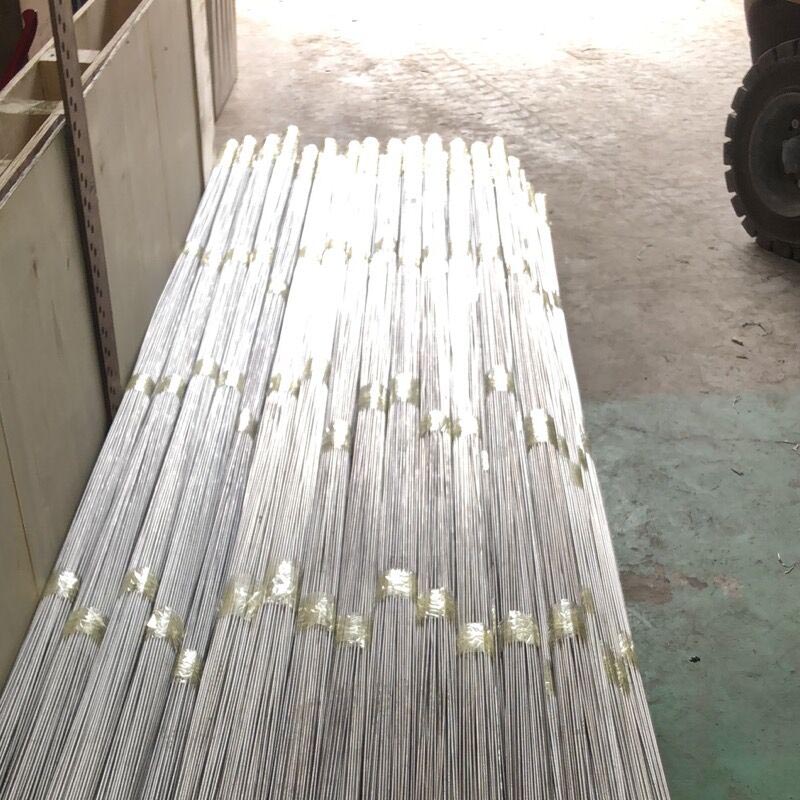
- Mobile Phone
- +8613931874955
- sales@cntcmetal.com
Exploring the Importance of Cavity Ties in Structural Engineering and Construction Practices
The Importance of Cavity Ties in Construction and Engineering
Cavity ties play a crucial role in modern construction and engineering, providing the necessary stability and structural integrity needed in various architectural designs. These underrated components are significant in ensuring that cavity walls, which are composed of two separate wall sections, remain securely connected while allowing for thermal insulation and moisture management. In this article, we will explore the purpose, benefits, and materials of cavity ties, as well as their impact on overall building performance.
Understanding Cavity Ties
Cavity ties, also known as wall ties, are metal or plastic connectors that bridge the inner and outer walls of a cavity wall. They are installed at regular intervals vertically and horizontally within the wall cavity, creating a robust framework that supports the wall sections while allowing for independent movement. This design is particularly advantageous in areas with fluctuating temperatures and moisture levels, as it helps prevent the buildup of pressure caused by thermal expansion or moisture infiltration.
Purpose and Benefits of Cavity Ties
1. Structural Stability The primary function of cavity ties is to ensure the structural integrity of cavity walls. By anchoring the two sections of the wall together, cavity ties prevent lateral movement and displacement during adverse weather conditions, reducing the risk of cracks and structural failure.
2. Moisture Control Cavity walls are designed to manage moisture, and cavity ties contribute to this function by facilitating air circulation within the wall. They help direct moisture away from the inner wall, preventing issues such as mold growth, mildew, and degradation of building materials.
cavity ties

3. Thermal Insulation The space between the inner and outer walls provides thermal insulation, helping to regulate building temperature. The use of cavity ties minimizes thermal bridging, where heat is transferred across the wall, leading to increased energy efficiency and reduced heating or cooling costs.
4. Fire Safety Cavity ties are designed to withstand high temperatures, and many materials used for cavity ties have fire-resistant properties. This characteristic is vital in enhancing a building's fire safety, as they can help prevent the spread of flames between wall sections.
Materials Used in Cavity Ties
Cavity ties can be made from various materials, each offering unique advantages.
- Stainless Steel Known for its durability and resistance to corrosion, stainless steel is a popular choice for cavity ties, especially in regions with high humidity or exposure to harsh weather conditions. - Galvanized Steel This cost-effective option provides good resistance to rust and corrosion, making it suitable for many environments. Galvanized steel cavity ties are often used in residential and commercial construction due to their balance of strength and affordability. - Plastic For specific applications, especially where thermal insulation is a priority, plastic cavity ties can be utilized. They are lightweight, do not rust, and typically have lower thermal conductivity than metal ties, thus enhancing energy efficiency.
Conclusion
In summary, cavity ties are an essential component in the construction of cavity walls, offering a multitude of benefits ranging from structural stability to improved energy efficiency and fire safety. As architectural designs evolve and sustainability becomes more critical, the importance of cavity ties will only increase. By understanding their functions and selecting the appropriate materials, builders and engineers can ensure that structures not only stand the test of time but also provide safe and comfortable environments for their occupants. Through careful consideration of cavity ties, the construction industry can contribute to creating resilient and sustainable buildings for future generations.
share:
-
Wall Ties for Concrete: Invisible Guardians of Building Structural StabilityNewsAug.08,2025
-
Timber Frame Wall Ties: Stable Bonds for Load TransmissionNewsAug.08,2025
-
Stainless Steel Woven Wire Mesh: A versatile material from boundary protection to functional supportNewsAug.08,2025
-
Powder Coat Coil Springs: Creating peace of mind and reliability with sturdy protectionNewsAug.08,2025
-
Floor Standing Sign Holder: A Powerful Assistant for Flexible DisplayNewsAug.08,2025
-
Binding Iron Wire: An Invisible Bond for Building StabilityNewsAug.08,2025
-
Yard Sign Stakes: Reliable Guardians of Outdoor SignsNewsAug.04,2025



















